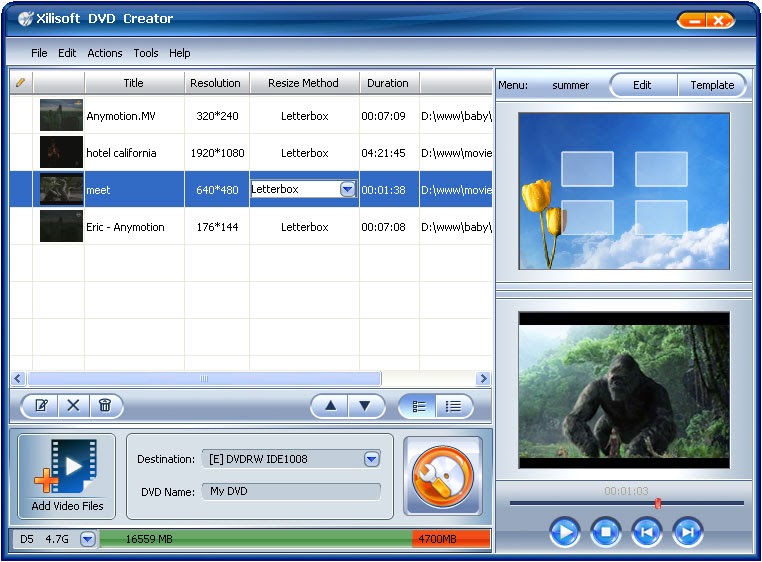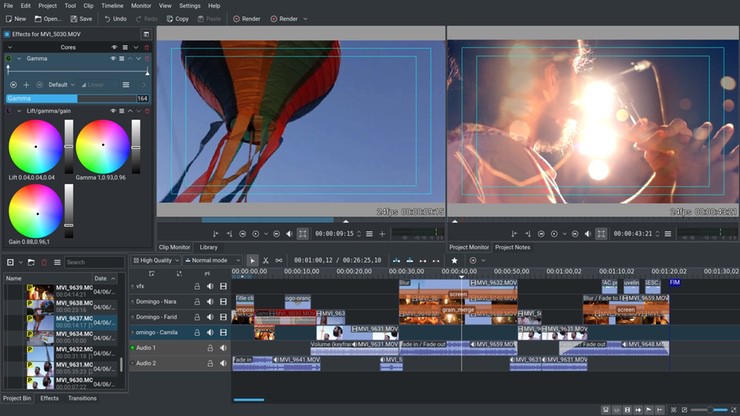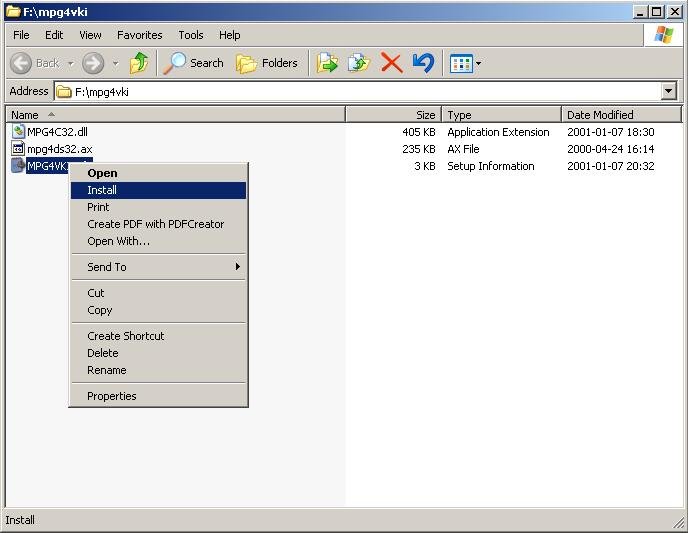

MP4 is, to put it simply, a convenient way of storing video files. Likewise, MPEG4 doesn’t necessarily have to be encoded in MP4 – it can also be packaged into AVI, MKV, or a variety of other formats. At the same time, MP4 is not equal to MPEG4, as it can also contain MPEG-H. The technology helps preserve the quality of the original video while making it more flexible for transporting data.Īn MPEG4-encoded video can be contained in an MP4 file. MPEG4 is generally used for compressing audiovisual data for online streaming and broadcast media. So, there is technically no such construct as MPEG4 vs MP4 – the latter evolved from the former. The current version of this extension, which is now known as MP4, was released in 2003.

MP4’s predecessor was created in 2001 as MPEG-4 Part 12, which was based on the QuickTime File Format (.mov). With the evolution of technology, it has become divided into many parts. The Key Differences Between the Two HistoryĪs we explained above, MPEG was initially developed as a method for multimedia data compression. It’s one of the most popular file formats and is supported by pretty much all computers and mobile devices. By components, we usually mean the video itself, the audio, any still images, and subtitles. MP4 is usually referred to as a video file extension, which defines how the components of a video clip are stored. MP4 is a media container format – or, technically, MPEG4 part 14. MPEG4 represents a group of formats, including MPEG-4 part 2, MPEG-4 part 10, and many others. It was released by the Moving Picture Experts Group in 1998. As we explained in our earlier article about video codecs, these are used to compress a large video file so that it can be easily played by most media players and devices as well as broadcast online and on TV.

MPEG4 is a video decoding algorithm – or, to put it simply, a video codec. Let’s start with defining the origins and characteristics of each file type. So, what’s the real difference between MP4 vs MPEG4? Let’s explore the key strengths of each format. Many people think that MP4 is a shortened version of MPEG4 – but it’s far more complicated than that! Some of the most common options include MPEG4 and MP4, and these two are often confused. If you’re a regular user of video editing software, you’ve probably wondered why there are so many different export formats available, and which one is better.


 0 kommentar(er)
0 kommentar(er)
